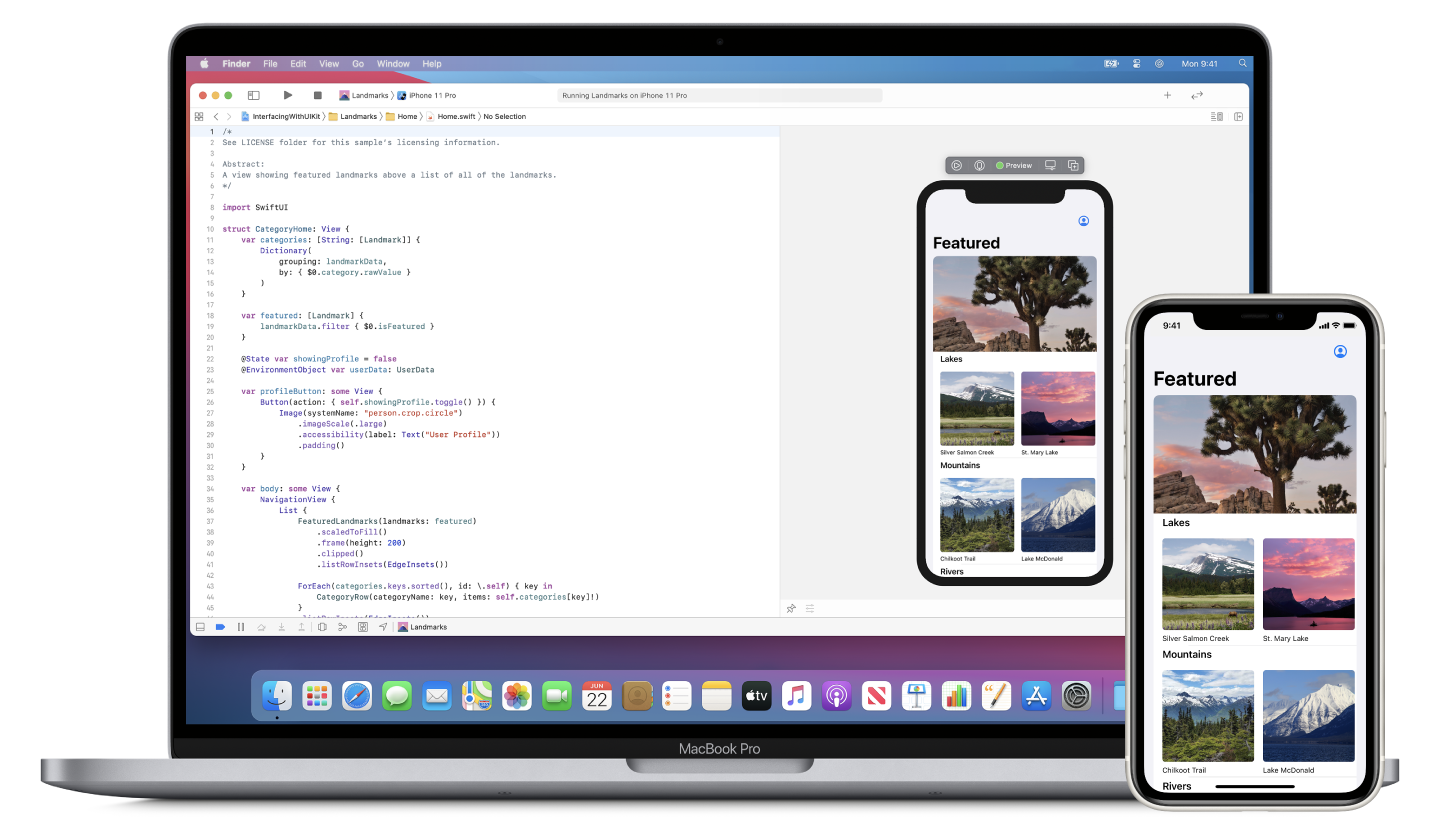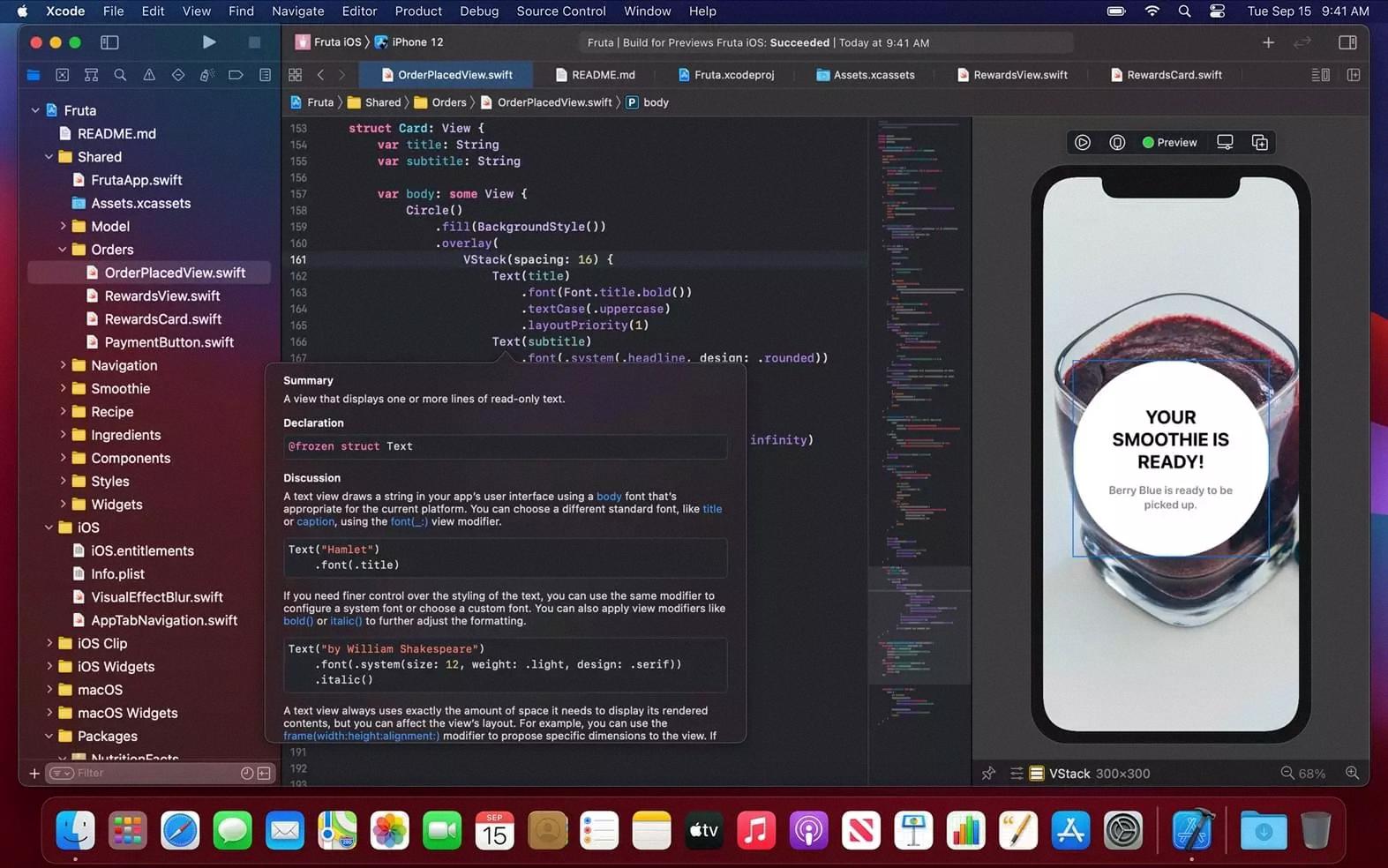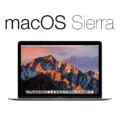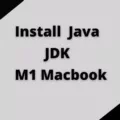Have you ever needed to reinstall Xcode on your Mac? If so, you’re not alone. Xcode is a powerful development environment for creating apps for Apple platforms, and many developers rely on it to get their projects up and running. Reinstalling Xcode can be a bit tricky, but with the right steps, it’s easy to do.
First and foremost, before attempting to reinstall Xcode, make sure that you have the latest version available for your Mac. You can check this in the App Store or by using Software Update in System Preferences. Make sure to back up any existing projects that you may have before reinstalling Xcode as they will be deleted during the process.
Once you’ve confirmed that you have the latest version of Xcode available, there are two ways that you can uninstall it from your Mac: moving it to the macOS Bin or deleting it manually.
If you want to move it to the macOS Bin, launch Finder and click Applications on the right sidebar. Right-click on the Xcode icon and select Move to Bin on the context menu. This will immediately uninstall Xcode from your Mac.
Alternatively, if you want to delete it manually, open Finder and navigate to Applications > Utilities > Terminal. Enter “sudo rm -rf /Applications/Xcode.app/” into the Terminal and press return; this command will delete all of Xcode’s files from your system. Note that entering this command will require administrative privileges; make sure that your user account is an administrator account before entering this command into Terminal!
Once Xcode has been uninstalled from your Mac (either by moving it to the macOS Bin or by deleting it manually), head over to the App Store and download and install the latest version of Xcode available for your system. Once installation is complete, run sudo Xcode-select –reset in Terminal; this will ensure that all of your command line tools are properly configured for use with the new version of Xcode installed on your computer.
And there you have it! Reinstalling Xcode is easy once you know what steps need to be taken in order to do so correctly – just make sure that all of your projects are backed up before beginning!

Reinstalling Xcode on Mac
Reinstalling Xcode on Mac is a simple process. First, open the App Store on your Mac and log in to your Apple ID if prompted. Then, search for Xcode. If you already have Xcode installed, you can click the ‘Update’ button to reinstall it. If not, click the ‘Install’ button to download and install the latest version of Xcode. Once the download is complete, you can open it from your Applications folder and start using it again.
Uninstalling and Reinstalling Xcode on Mac
Uninstalling Xcode from your Mac is relatively easy. First, open Finder and click Applications on the right sidebar. Right-click on the Xcode icon and select Move to Bin on the context menu. That will immediately uninstall Xcode from your Mac.
To reinstall Xcode, open the App Store on your Mac and search for “Xcode” in the search bar. Select the version you would like to install, then click “Get” or “Download” to install it on your computer. Once it’s done downloading, you can open Xcode and start using it again!
Is Deleting Xcode from Mac Safe?
It is generally safe to delete Xcode from your Mac, but it’s important to note that some software may rely on Xcode for development and other processes. If you delete Xcode, you may have difficulty running or accessing certain applications or programs. Additionally, Apple releases periodic updates to Xcode, and if you delete it, you will not be able to upgrade your existing version of Xcode. Finally, it is always a good idea to back up any data stored in the application before deleting it.
Troubleshooting Xcode Installation Issues on Mac
If Xcode is not installed on your Mac, it could be due to a few different issues. Firstly, you may have insufficient disk space on your Mac to install Xcode. Secondly, you may have an outdated version of the Mac App Store installed on your Mac, which can cause installation issues with Xcode. Finally, a firewall or other security software on your Mac may be blocking the download of Xcode.
To try and fix this issue, make sure that you have enough disk space available to install Xcode and that you are using the latest version of the Mac App Store. If you still cannot install Xcode after this, try disabling any firewall or security software on your computer and then reattempting the installation.
Uninstalling and Reinstalling an App on Mac
Uninstalling an app on Mac is very easy. First, open the Finder window and select Applications in the Finder sidebar. Then, locate the application you want to uninstall and drag it to the Trash bin. Finally, empty the Trash bin to completely remove the application from your computer.
To reinstall an app on Mac, you can search for it in either the App Store or any other third-party download sites. After downloading the application, double-click on it and follow the onscreen instructions to install it on your computer.
Installing Xcode Without Apple Store
No, you cannot install Xcode without an Apple Store account. Xcode is available exclusively in the App Store, and it requires an Apple ID to be downloaded.
However, you can install the command line tools for Xcode without an Apple ID. To do this, open Terminal (located in /Applications/Utilities/Terminal) and enter the following command:
`xcode-select –install`
This will prompt you to install the necessary command line developer tools from Apple.
Consequences of Deleting Xcode Cache
When you delete the Xcode cache, it forces the simulator to reload all of the code from the server. This can be helpful in resolving issues like Xcode crashing or other errors that may arise due to corrupted files in the cache. Additionally, any project-specific settings and preferences will also be reset, so you may need to reconfigure some of those settings after clearing your cache.
Do I Need to Maintain Xcode on My Mac?
Yes, you should keep Xcode on your Mac if you are developing software for macOS, iOS, tvOS, and watchOS. Having the full Xcode application installed on your Mac will provide you with a complete development environment that includes tools like compilers, debuggers, and performance analysis tools. It also offers support for multiple programming languages and libraries, as well as a robust set of debugging and testing features. Keeping Xcode on your Mac is essential for ensuring that your development efforts can be successful.

Source: sitepoint.com
Is Xcode Necessary for Mac Users?
No, Xcode is not necessary for Mac. Xcode is mainly used for developing apps for iOS, iPadOS, macOS, watchOS, and tvOS platforms. If you are only interested in building command line tools then you can install the Command Line Tools package separately from Xcode. The Command Line Tools package contains all the necessary tools and libraries to develop command-line applications in macOS.
Installing Xcode on Mac Using Terminal
To install Xcode through the Mac terminal, first, open the Terminal application. You can do this by using the Spotlight Search (the magnifying glass in the top-right corner of your screen). Once in the Terminal application, type “xcode-select –install” and hit Enter. This will prompt a new window to open. At the bottom-right-hand corner of this window, click “Install” to begin downloading Xcode. After the download is complete, you will be able to access Xcode from your Applications folder.
Downloading Apple Xcode
To download Apple Xcode, you will need to open the Mac App Store on your Mac device. Once the App Store is open, you can search for “Xcode” and the latest version of Xcode will appear. You can then click “Get” to begin downloading the application. Once the download is complete, you can launch Xcode and begin usig it right away.
In addition to downloading Xcode through the Mac App Store, you can also find beta versions of Xcode on Apple’s Developer website. To access this page, you will need a valid Apple ID and password. Once logged in, you can navigate to the Downloads tab and select “Xcode” from the list of available downloads. Selecting a version from this list will begin its download process directly in your browser window.
You can also have macOS update Xcode automatically as new versions become available by going into System Preferences > Software Update > Automatically Keep My Mac Up To Date and checking off Automatically Download Apps Purchased On Other Macs.
Finally, if you already have an older version of Xcode installed on your device, you may be notified when a newer version is available as an update within Xcode itself. You can then click “Update” to begin downloading it directly from within the application.
Conclusion
In conclusion, reinstalling Xcode on your Mac is a relatively straightforward process. You can either download the latest version from the App Store or use the command line tools to install it manually. Uninstalling Xcode is also easy, as you can simply move it to the Bin folder and delete its residual files. Taking these steps will ensure that you are able to get the most out of Xcode and continue developing your applications on your Mac.








